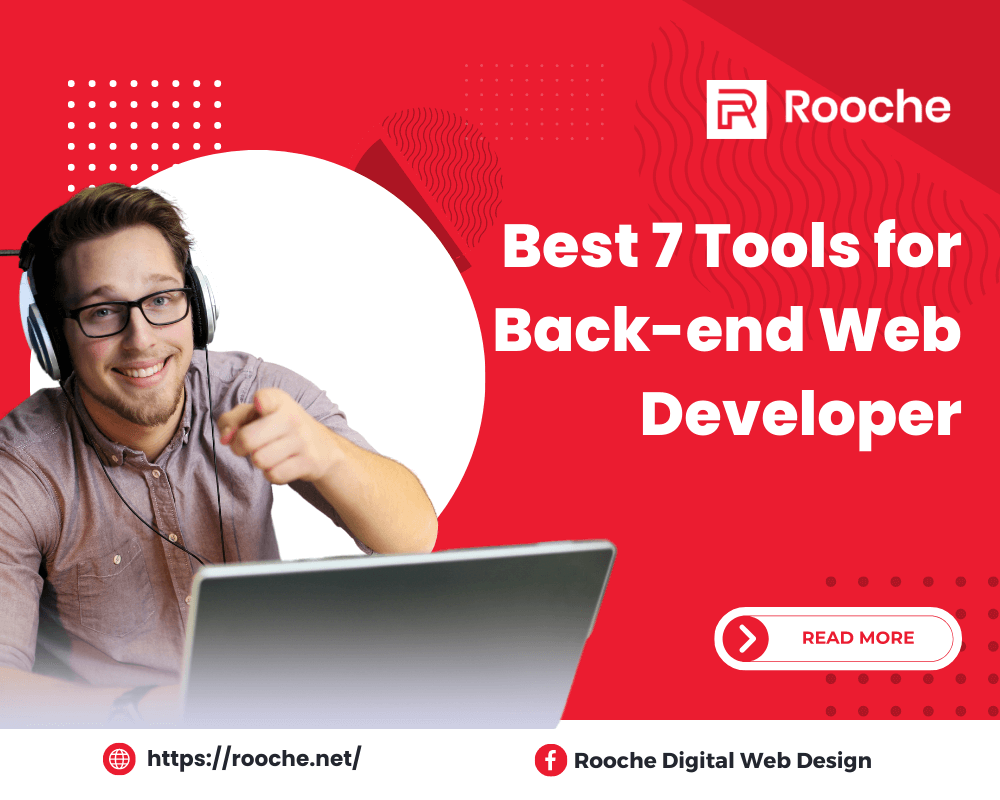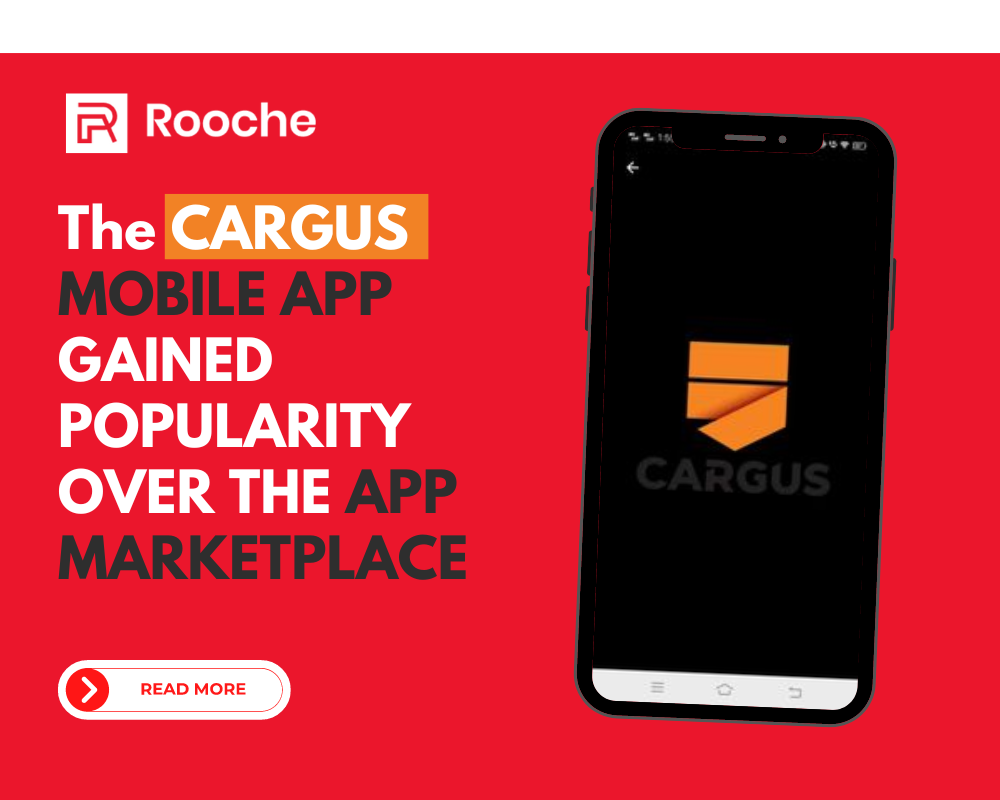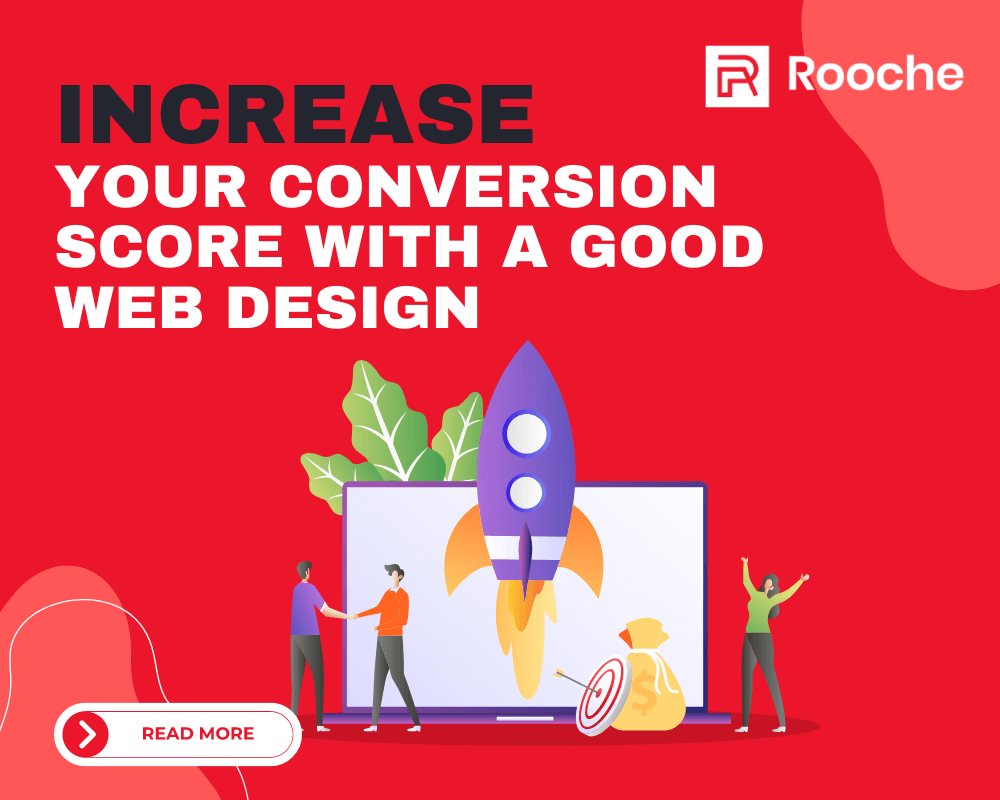How Web Design Affects Your SEO
Have you ever wondered how web design affects your SEO? It’s a crucial part of any digital marketing strategy, and […]
Apr 6, 2023
Dec 8, 2022

A back-end web developer is responsible for the server, application, and database that make a website run. A back-end developer builds and maintains the technology that powers the site. If a user has a bad experience on a website, it’s often because of a problem with the back end.
If you’re a website developer, then you should know about the 7 tools that can make your work easier.
Apache is the most popular web server on the internet, which means it’s going to be a great choice for you.
The Apache HTTP Server is an open-source web server developed by the Apache Software Foundation (ASF). It can be used as a standalone server, or it can be integrated with another web server like Nginx or Microsoft IIS.
Apache is written in C++ and uses the MPM (Multi-Processing Module) IPC framework developed by IBM to perform its tasks. The system architecture consists of many modules, which are responsible for different functions, such as input/output, data compression/decompression, security etc.
It has got plenty of features and advanced configuration options, which makes it easy to use and configure. It also supports powerful features like virtual hosts and mod_rewrite for URL management. This makes it suitable for any type of web server needs including multi-domain setups or high-traffic sites with high availability requirements.
Nginx is an open-source web server that was created to address the issues of Apache’s design. It was designed with performance in mind, and it can handle more traffic than Apache.
Nginx is written in C and uses an asynchronous event-driven model to handle requests. This makes it more efficient than Apache, which uses a multi-threaded model. Nginx can also be used as a reverse proxy, load balancer, and HTTP cache.
It has got a wide range of features and advanced configuration options, which makes it easy to use and configure. It also supports powerful features like virtual hosts and mod_rewrite for URL management. This makes it suitable for any type of web server needs including multi-domain setups or high-traffic sites with high availability requirements.
Microsoft IIS is a web server developed by Microsoft for use with the Windows operating system. It can be used as a standalone server, or it can be integrated with another web server like Apache or Nginx.
IIS is written in C++ and uses the HTTP.sys kernel-mode driver to handle requests. This makes it more efficient than Apache, which uses a multi-threaded model. IIS can also be used as a reverse proxy, load balancer, and HTTP cache.
It has got plenty of features and advanced configuration options, which makes it easy to use and configure. It also supports powerful features like virtual hosts and mod_rewrite for URL management. This makes it suitable for any type of web server needs including multi-domain setups or high-traffic sites with high availability requirements.
This is not just a database management system, it’s also a back-end tool. The problem with other tools is that they’re not built to be used as a back end—they’re built to be a front end.
If you’re using a front-end tool like R or Python, then your code becomes much more complicated and difficult to maintain because of the way it has to interact with the database. Also if you’re programming in SQL, then your code is already more complicated than it needs to be because of the way it has to interact with your database.
If you want to use SQL as a back-end tool, then you need something that can help you write cleaner code without having to worry about how it will interact with the database.
PHP is a great back-end tool for developers. It’s easy to learn, and you can use it with any kind of database. If you’re building a website, you can use it to create dynamic content that responds to user input. If you’re creating an app, you can use it to connect your server and database.
PHP is also flexible—you can choose how the data on your site gets stored and accessed. You can write scripts in PHP or use frameworks like Laravel or CodeIgniter, which provide pre-made functionality so that all the hard work is done for you.
Overall, PHP is a great choice for a back-end tool because it’s flexible, easy to learn, and powerful enough to handle most projects successfully.

HTML is what makes it possible for people to read and interact with web pages, but it’s not the only thing that makes the Internet work. The code behind the page is stored on a server somewhere else, and that server needs to be connected to by any interested party in order for them to read or interact with what’s on the page.
This is where HTTP comes in: It’s a protocol used by browsers and other applications to request data from servers, which are then sent back to them. When you click a link on your browser, for example, your computer sends an HTTP request asking the server where that link points to—and if you’ve got an Internet connection (which you do), then the server will send back HTML formatted as part of its response.
jQuery is a popular tool for back-end development. It’s easy to use, and it has plenty of features built-in that make it easy to do a lot of different things.
That said, there are some things you’ll want to watch out for if you’re using it on the front end. One thing that could trip you up is the fact that jQuery isn’t 100% compatible with all browsers, so if your site isn’t going to work in IE 8 or lower, then you might need to be careful about how much jQuery you use.
Another issue with jQuery is that it can cause performance issues if your site has too much going on at once. If your site slows down when someone clicks on something or types into a text field, then maybe consider swapping out some of the code with something else—like an AJAX request instead of an inline script tag—to see if this helps speed up the page load time.
These 7 tools are the most popular ones used by website developers today. With these tools, you can easily develop websites that are both functional and visually appealing. With the right toolset, you can create a website that is responsive and interactive, making it easy for users to view and use.

Have you ever wondered how web design affects your SEO? It’s a crucial part of any digital marketing strategy, and […]
Apr 6, 2023

The Cargus Mobile App gained popularity over the App Marketplace with over 300,000 downloads. Furthermore the mobile app monthly sales […]
Dec 8, 2022

Though it’s notoriously difficult to measure, many believe that the better the web design of your business website, the higher […]
Dec 8, 2022
Join our newsletter and be the first to receive future promo and sale updates from Rooche!